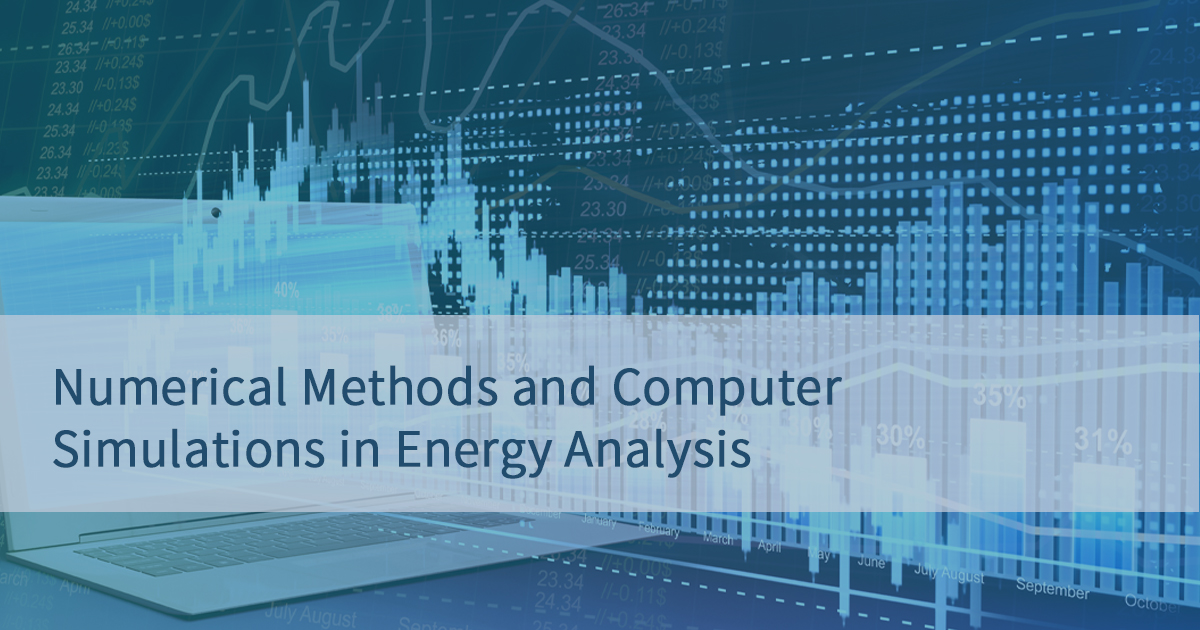Numerical Methods and Computer Simulations in Energy Analysis, 3rd Edition
Topic Information
Dear Colleagues,
This Topic is a continuation of the previous successful Topic “Numerical Methods and Computer Simulations in Energy Analysis”.
The main aim of this Topic is the dissemination of research regarding the current state of numerical methods, models, optimization algorithms, and computer simulation techniques in relation to energy analysis. Energy analysis comprises the processes of harvesting, consumption, storage, accumulation, transformation, and also its direct usage for the various energy-based numerical technique formulations and implementations. Modern numerical techniques include the finite element method, finite volume method, boundary element method, and the finite difference method. Likewise, this Topic covers approaches based on optimization algorithms, machine learning methods, and computer simulation techniques. Studies on a variety of meshless or semi-analytical approaches are welcome, together with those that address artificial intelligence or cellular automata models.
The interaction between these two fields includes the reliability engineering of (solar, geothermal, or wind) energy systems, the computer analysis of various coupled phenomena in engineering, numerical solutions of various fluid and heat flow problems, and simulations of thermal, mechanical, and electromagnetic energy exchanges in modern engineering systems and structures. Numerical studies of the energetic efficiency, optimization, and durability of new technical solutions are especially welcome, including hybrid energy harvesting.
All contributions related to numerical sensitivity analysis, as well as analyses of statistical scattering or stochastic phenomena in different forms of energy exchanges, are also invited. Semi-analytical approaches in energy numerical analysis are understood in the form of computer programs that are written in conjunction with computer algebra systems and their applications to deliver energy and its exchange determination for some specific applications. The most important aspect could be an engagement of the AI tools to discover the interconnections between the energy-related state parameters in different systems and their design parameters; studies describing new implementations of such algorithms are highly encouraged.
Manuscripts from academia, research and development laboratories, industry, and also from small companies are invited to this Topic collection.
Prof. Dr. Marcin Kamiński
Dr. Mateus Mendes
Topic Editors
Keywords
- energy analysis
- numerical techniques
- optimization algorithms
- computer simulation
- finite element
- optimization algorithms
- machine learning
- computer simulation
- artificial intelligence
